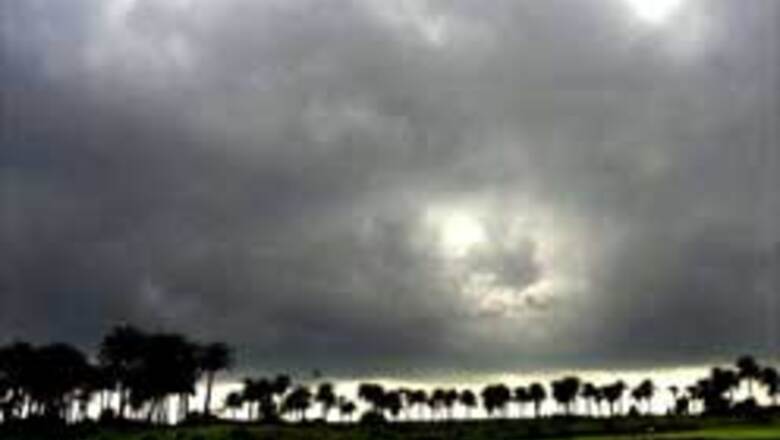
views
London: Doctors hoping to predict disease outbreaks may want to tune into more weather forecasts.
Weather patterns can often be a key factor in finding out when an epidemic is imminent because they determine the conditions for germs and their carriers to breed.
The techniques can help quicken the response to viral outbreaks worldwide and health disasters like Europe's devastating 2003 heat wave — and global warming is adding urgency to such strategies for fighting disease.
Health officials were able to lessen the impact of an ongoing outbreak in Kenya of Rift Valley Fever, a deadly hemorrhagic fever, after NASA scientists noticed exceptionally warm sea temperatures and elevated rainfall in east Africa four months ago.
When flooding in Kenya started soon after, NASA climate expert Assaf Anyamba was certain the elements were in place for an outbreak namely, ideal breeding conditions for the mosquitos that transmit the disease.
"By the end of October, this outbreak was pretty much a lock," he said.
Anyamba and his colleagues at NASA and other agencies track climatic factors that influence disease outbreaks, including levels of precipitation, atmospheric moisture, and vegetation.
This information is then passed to organisations including the World Health Organisation and the Food and Agriculture Organisation, which in turn relay it to the affected countries.
The last major outbreak occurred in Kenya in 1997, at exactly the same time of year, and killed approximately 400 people.
The response was so slow that that by the time international experts landed in Kenya to fight the outbreak, it was already over.
This time around, the response was much quicker, partly due to the public health community's ability to predict the virus' arrival.
Health officials flew to Kenya within days of the virus' confirmation in December, and the death toll has so far been limited to 104 people.
"Looking at the weather forecasting and satellite imaging data in November, we were already thinking, 'Rift,'" said Dr Pierre Formenty, a WHO disease expert who was recently in Kenya to help contain the outbreak.
Once the Kenyan government was informed of the likelihood of an outbreak, they outlawed the sacrificing of cows, camels, goats and sheep during the Muslim Eid festival.
That was done to minimise the contact between humans and infected animals, and is believed to have cut the risk factor for virus transmission to humans.
Rift Valley Fever is not the only disease affected by weather. Any disease spread by insects including malaria, yellow fever or encephalitis is highly dependent on the conditions needed for the insects' survival, such as warm temperatures and plenty of water to breed.
Waterborne diseases including cholera and typhoid are also particularly susceptible to weather changes.
PAGE_BREAK
Yet despite the established links between weather variability and disease outbreaks, global surveillance systems do not systematically monitor the weather.
"Some of my colleagues just laugh and tell me to open the window if I want to watch the weather," said Formenty.
One problem is that disease response systems are already so stretched in developing countries that adding weather to the list of things to watch won't necessarily help.
"We run the risk of just coming up with a very accurate warning system without having any capacity to actually respond," said Dr Diarmid Campbell-Lendrum, a WHO climate change expert.
"You can't solve malaria problems in Africa just by providing better risk information,” he added.
Even rich countries haven't entirely integrated weather considerations into their health surveillance systems.
The heat wave that hit Europe in 2003, killing an estimated 15,000 people in France alone, was a reminder that the West is not immune to weather-related problems.
Global warming trends are likely to have disease consequences for the entire world. Unseasonably warm temperatures this year have already resulted in a spike of malaria and tick-borne encephalitis cases in Italy.
While climate change is likely to bring back tropical diseases to areas not used to them, weather is only one contributing factor.
"The prime determinant of whether or not a health risk translates into dead bodies is how well your public health system is functioning," Campbell-Lendrum said.
However, when it comes fighting diseases like Rift Valley Fever, experts say any lead-time is valuable.
"It gives us the chance to act before the outbreak instead of panicking during it," said Formenty, who helped Kenyan authorities prepare for an expected malaria outbreak by distributing bednets and bolstering supplies of anti-malarial drugs.


















Comments
0 comment